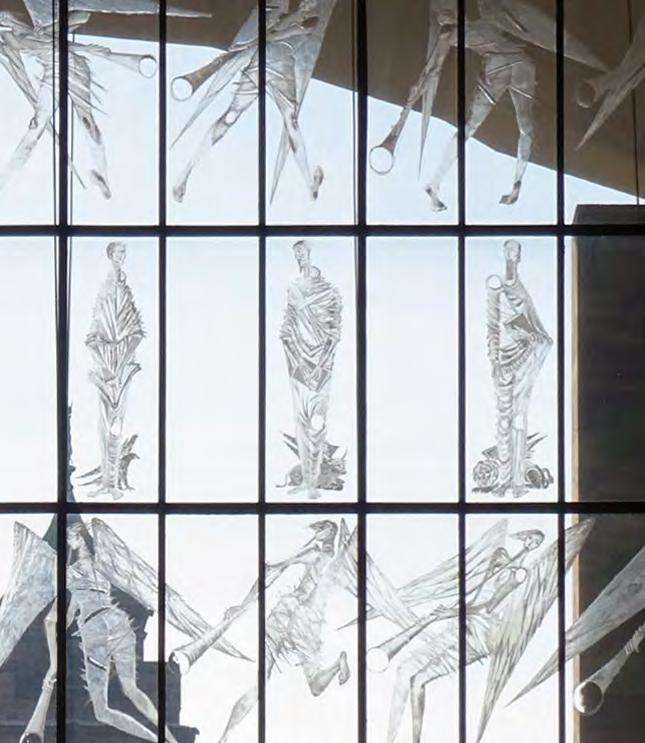CONSERVATION FRAMEWORK
5.2.6 PRINCIPLE 4: MANAGE COVENTRY CATHEDRAL IN A WAY THAT ADVOCATES SUSTAINABLE CHANGE AND IN COLLABORATION WITH KEY STAKEHOLDERS. Management and use Coventry Cathedral is managed by a traditional structure of a Dean and Chapter supported by the Cathedral Administrator (Business Manager), Canons and a number of paid employees with different specialisms. The FAC and CFCE are statutory bodies that approve and advise on change. Those responsible for the care and management of Coventry Cathedral should work collaboratively to monitor and manage change in an informed way. This management will need to be timely and intelligent, using this CMP as a baseline. A holistic and longterm plan for the Cathedral, supported by informed managers, will be beneficial to avoid ad hoc change. Consultation with stakeholders Public and stakeholder consultation is also vital to understanding the needs of users; it helps to foster a sense of local ownership in the process of change. Consultation with interested parties, internal departments, experts and the general public provides an opportunity to inform audiences about what is happening and why. This is the only way in which proposals can adequately reflect the needs and desires of the building’s users within the parameters of sustainable conservation and care of the building.
The statutory approvals process Early and on-going consultation with the FAC and CFCE will be highly beneficial to successfully obtaining permission for the proposals. These and other bodies such as Historic England, and amenity societies (such as the SPAB, Victorian Society, Twentieth Century Society, Ancient Monuments Society and Council for British Archaeology) can offer a wealth of advice and information. Their advice will be invaluable in shaping proposals as they evolve and engaging early with statutory authorities will help ensure a smooth journey through the planning system. Assessment questions: • Do the necessary governance and management skills exist inhouse or does external expert advice need to be sought? •
•
Should the decision be subject to wider consultation and engagement? o
Should this be internal or external?
o
Will it have an impact on users?
o
What form will the engagement take?
Do proposals require statutory consent? o
Scheduled monument consent
o
FAC/CFCE consent
o
Listed building consent
o
Planning consent
o
Conservation Area consent
107
Compliance with policy and guidance Care of Cathedrals Measure 2011: Chapter must seek and obtain approval before implementing any works that would materially affect the architectural, archaeological, artistic or historic character of the Cathedral church, its immediate setting or any archaeological remains. NPPF paragraph 193: When considering the impact of a proposed development on the significance of a designated heritage asset, great weight should be given to the asset’s conservation (and the more important the asset, the greater the weight should be). Historic England Conservation Principle 4: Significant places should be managed to sustain their values ICOMOS, Approaches to the conservation of 20th century cultural heritage 2017: Article 6: Manage change sensitively. Article 10: Give consideration to environmental sustainability. Article 11: Promote and celebrate twentieth-century cultural heritage with the wider community.














